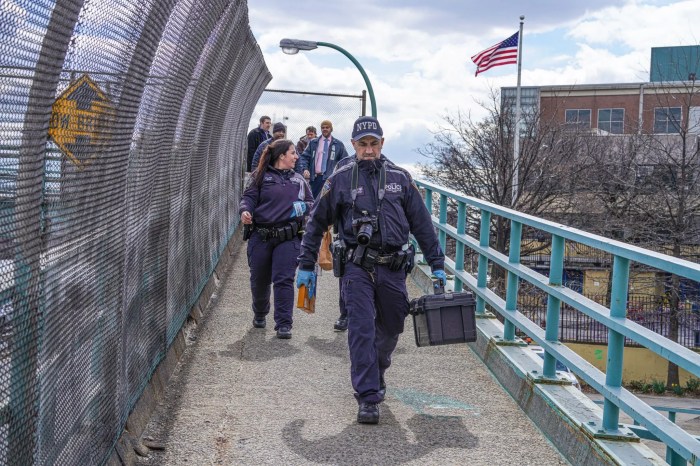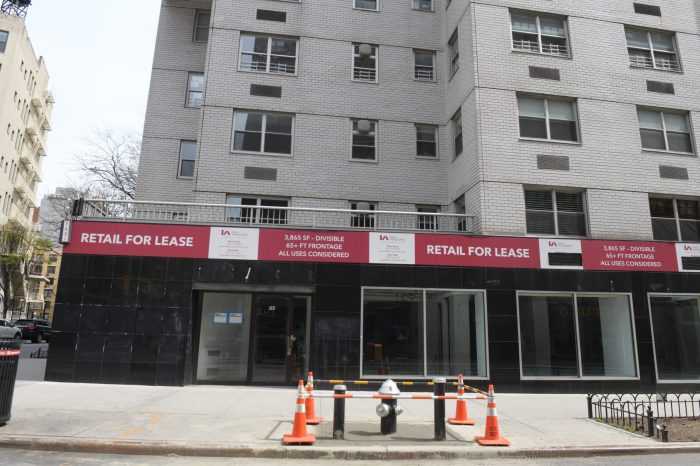About 90,000 pieces of microplastic per square kilometer were found floating in the Hudson River last year. British paddleboarder Lizzie Carr is trying to reduce that number.
Carr, who runs the now-international Plastic Patrol campaign, began her paddleboarding journey near Albany on Sep. 6. Her river trip will end this weekend with a cleanup on Friday at Hudson River Park’s Pier 26 and a victory lap around the Statue of Liberty on Saturday. Pier 26 is one of three beach cleanup sites along the famed river.
“I’ve learned so much about the towns and villages along the Hudson,” Carr said. “The Hudson River is such an iconic river. A lot of its rubbish is starting inland, and it’s such a densely populated river.”
This is the first time Carr has taken her UK-based Plastic Patrol across the pond.
“[America] is one of the biggest consumers of single-use plastic in the world . . . it’s about coming over here and drawing attention to it,” she said. “You don’t have to live near a coastal area to be part of the reason this is a problem.”
Carr already has hosted two beach cleanups in Poughkeepsie and Croton-on-the-Hudson, and will host the final one at Pier 26 at 5:30 p.m. She said turnout at the events, which offer free paddleboarding sessions in exchange for picking up plastic, has been good.
“There’s been a huge response from people in these local areas. People want to do something about this problem they just need the tools to do it,” she said, joking that picking up trash is payment for the free paddleboarding. “People have just been amazing. I feel incredibly welcomed.”
Carr is also helping with research, picking up data on water temperatures and currents through a microchip embedded on the fin of her paddleboard, and taking photos of plastic in the river along the way.
“While I’m paddling along . . . it’s collecting really important data that can be analyzed and used,” she said. “This will create a bit of a baseline for the Hudson. And we can start to build a bigger picture of what’s happening inland and how that correlates to our oceans.”
Microplastics are defined as fragments of larger plastics as well as pieces of foam, microbeads and microfibers. About 90,000 pieces per square kilometer were found in the Hudson River Park’s Estuarine Sanctuary between June and October last year, said Carrie Roble, the estuary lab’s director of science and stewardship.
And 2017 was considered a dry year. The year before, Roble said, they found double that.
“The ultimate goal is to understand the concentration of plastics in our water system. To get a baseline understanding of how much plastic is here and where is it coming from and then we can appropriately respond to the scale of the problem,” Roble said. “I was just so captivated by Lizzie’s story — we’re the group that’s able to back her work with science.”

















